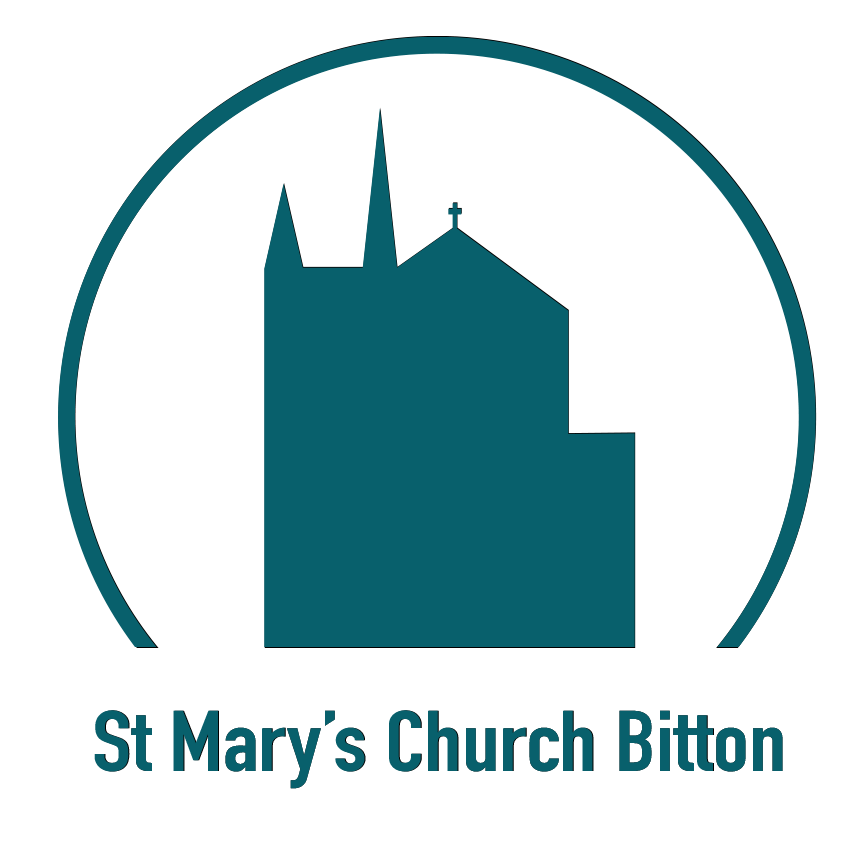Robert Lucas Pearsall’s association with St Mary’s began in 1816 when his widowed mother purchased Willsbridge House, a mile west of the village, from her financially distressed brother-in-law. The next year, Henry T Ellacombe, a young, newly ordained clergyman, was appointed as curate and priest in charge of the parish. It seems likely that the two men quickly established a friendship: they were of a similar age and shared a fascination for the past.
Very little is known of Pearsall’s musical or social life prior to his departure from England in 1825, but the prolific correspondence he maintained with Ellacombe, from the moment of his departure to months before his death, is evidence of a well-established friendship. The letters demonstrate that both men regularly sought the counsel and opinion of each other; the exchanges range across a vast array of subjects, and touch on family matters, lengthy discussions on music, and church architecture and history.
In 1817 the church was in a poor state of repair; Ellacombe set about remodelling the interior of the church, cutting down the box pews reordering the seating so that the whole congregation faced east.
Ellacombe’s sympathy with the Oxford Movement rhymed with Pearsall’s growing interest in plainsong and the Latin rite. His first three compositions are settings of Latin religious texts and the music of the Catholic Church remained a source of inspiration for him. His research brought him to the carol for whose arrangement Pearsall is probably best known, ‘In Dulci Jubilo’—a Christmas hymn with alternating verses originally in Latin and German. When writing to Ellacombe in 1833, he said of the tune, ‘such melodies cannot be composed nowadays. They were the emanations of a pure and sincerely religious spirit, and this spirit is now no more’.




